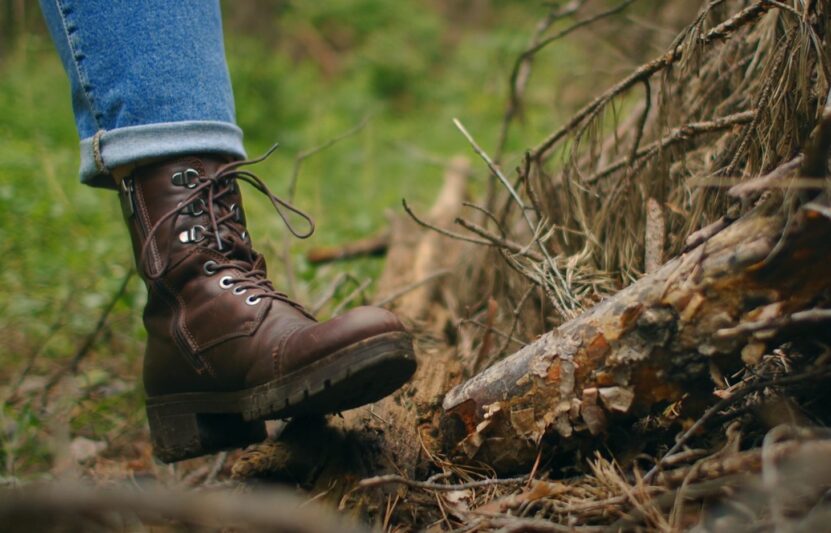Logger boots are my go-to choice for various hobbies, as they are distinguished by their high heels. But why exactly do these boots have raised heels?
Today, I will explain the functional and historical reasons behind this unique feature, providing valuable insights for those interested in logger boots.
In this article, you will learn about:
- Functional Design of High Heels: Readers will learn about the practical reasons behind the high heels of logger boots, such as enhanced ankle support, stability on uneven terrain, and effective shock absorption.
- Historical Evolution and Diverse Usage: The post discusses the origins of logger boots in the Pacific Northwest and their adaptation across various trades, including logging, linework, farming, and motorcycling.
- Variety and Personalization: Insights are provided on the different heel heights and designs available, catering to specific professions and personal preferences, along with tips on selecting the right pair.
- Cultural and Fashion Significance: The article explores how logger boots have transcended their utilitarian roots to become a symbol of ruggedness in popular culture and fashion.
- Future Trends and Safety Standards: Discussion on the future of logger boot designs, focusing on technological advancements, sustainability, and the importance of these boots in ensuring workplace safety and meeting industry standards.
Purpose and Functionality of High Heels in Logger Boots
Enhanced Support and Stability
The primary reason for the high heels on logger boots is to provide additional ankle support.
This is crucial when navigating uneven or mixed terrain, such as the rugged landscapes loggers and linemen often encounter.
The elevated heel design aids in uphill movements, offering stability and reducing the risk of ankle injuries.
Shock Absorption and Comfort
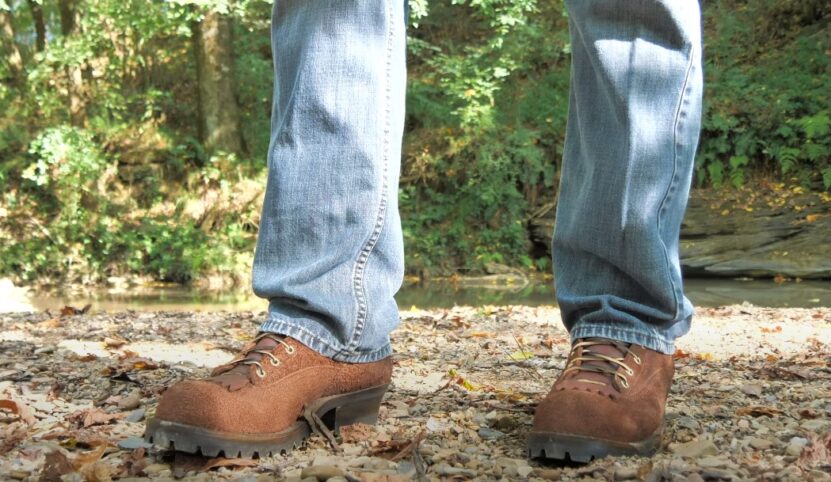
Another significant benefit of the raised heel is its role as a shock absorber. This is especially beneficial for individuals who work on hard surfaces like concrete floors.
The heel design helps reduce the impact on the heels and feet, making it easier to stand or walk for extended periods without discomfort. If you do feel some type of discomfort, you might try to use shoe stretchers.
Historical Context and Evolution
- Origins in the Pacific Northwest: Logger boots originated in the late 19th to early 20th century in the Pacific Northwest, primarily for timber workers. The original design featured a caulked sole to provide traction on slick surfaces, particularly useful for guiding logs in the logging industry.
- Adaptation Across Various Trades: Over time, the design of logger boots has been adopted by various trades, including linemen and wildland firefighters. The functionality of the high heel has proven useful across these professions, emphasizing the versatility of the design.
Suitability Based on Job Requirements
The suitability of logger boots largely depends on the specific requirements of a job and individual comfort preferences.
While the high heel is beneficial for certain tasks, it may not be suitable for jobs that require agility and quick movements, such as hospital or office work.
Fun Facts
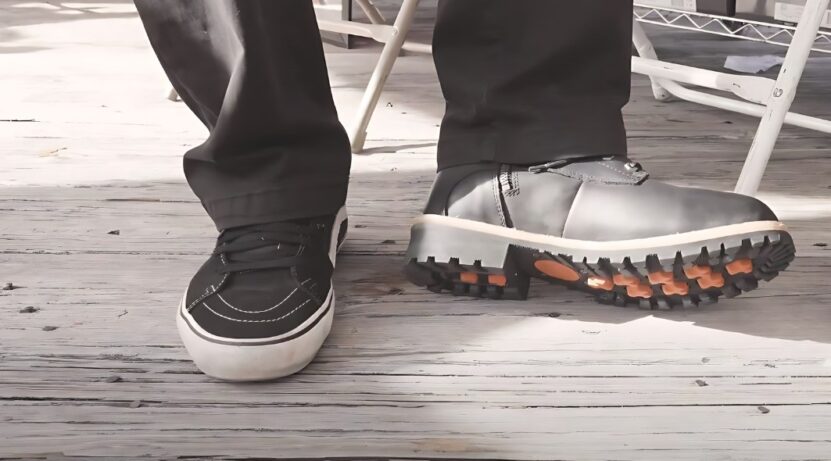
- Made in the USA: Despite most logger boots being imported, some brands still proudly manufacture their boots in the USA.
- Diverse Usage: Logger boots are popular not just among loggers but also among linemen, farmers, ranchers, and motorcycle riders.
- Brands to Know: Some popular brands of logger boots include Chippewa, Danner, Georgia, and Thorogood.
Choosing the Right Logger Boots
- Personal Comfort and Preferences: When selecting logger boots, personal comfort and preferences are key. The high-heel design might not be comfortable for everyone, and there are alternatives with raised, medium, and low-profile heels available.
- Trying Before Buying: The best way to determine if logger boots are the right choice is by trying out a pair. This allows individuals to assess the comfort level and suitability for their specific needs.
Exploring the Variety in Logger Boots
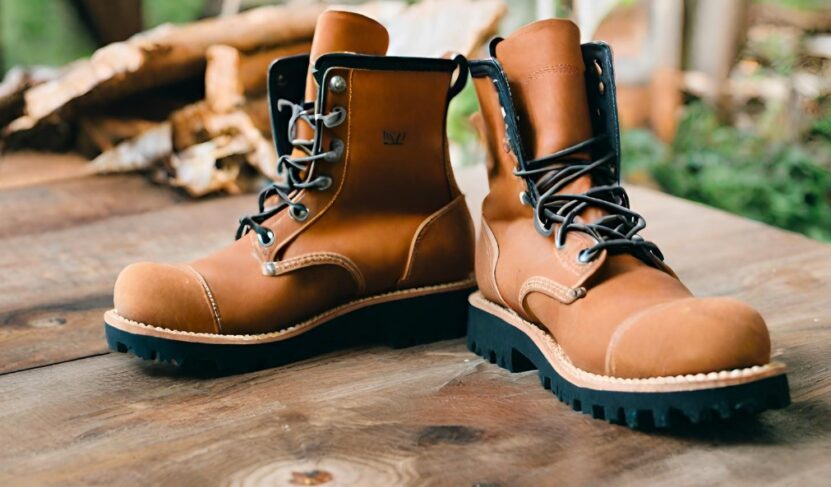
Heel Heights and Their Implications
Logger boots come in various heel heights, each serving a specific purpose.
High heels are ideal for demanding outdoor activities, whereas medium or low-profile heels might be more suitable for less rugged environments.
Knowing the differences in heel height can help individuals make informed choices based on their job requirements and personal preferences.
Design Variations for Different Professions
Logger boots have evolved to cater to different professions.
For instance, linemen’s boots might have additional features for climbing utility poles, while those designed for ranchers may focus more on comfort and durability.
This diversity in design ensures that each profession gets a boot tailored to its specific needs.
The Impact of Logger Boots on Different Professions
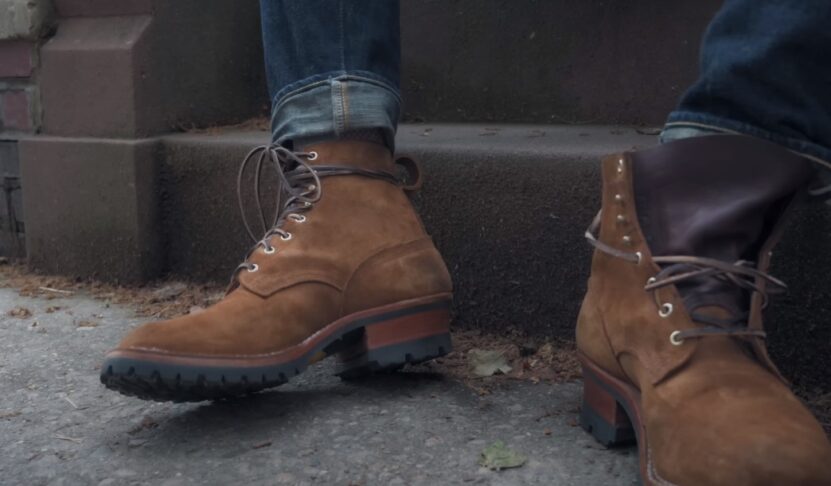
Loggers and Linemen
For loggers and linemen, the high heel is not just a fashion statement but a crucial tool.
The heel provides traction in uneven terrain and assists in climbing, whether it be trees or utility poles.
This feature significantly reduces the risk of slips and falls in these high-risk professions.
Farmers, Ranchers, and Motorcycle Riders
Farmers and ranchers benefit from the elevated heel by keeping their feet out of the mud and maintaining stability, especially when horseback riding.
Motorcycle riders, on the other hand, use the high heel for extra leg protection and to prevent the foot from slipping, ensuring a safer ride.
Adapting Logger Boots for Modern Needs
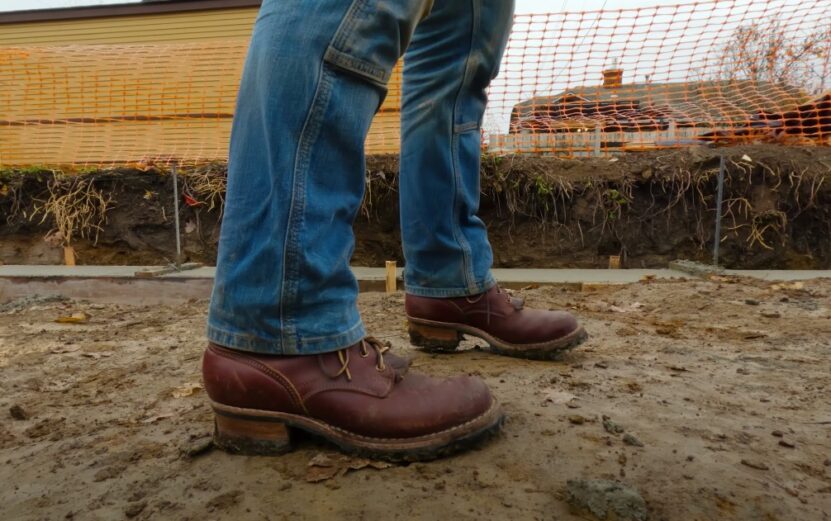
- Comfort Enhancements: Modern logger boots are about functionality but comfort has become a significant factor in their design as well. Manufacturers are now incorporating ergonomic features and using materials that offer better cushioning and fit. This evolution is crucial in ensuring that workers can wear these boots for long hours without discomfort.
- Style Meets Function: While maintaining their rugged functionality, logger boots have also evolved in style. They now come in various designs and colors, catering to a broader audience. This blend of style and function has helped logger boots transition from strictly work-related footwear to a fashion statement for some.
The Significance in Work Safety
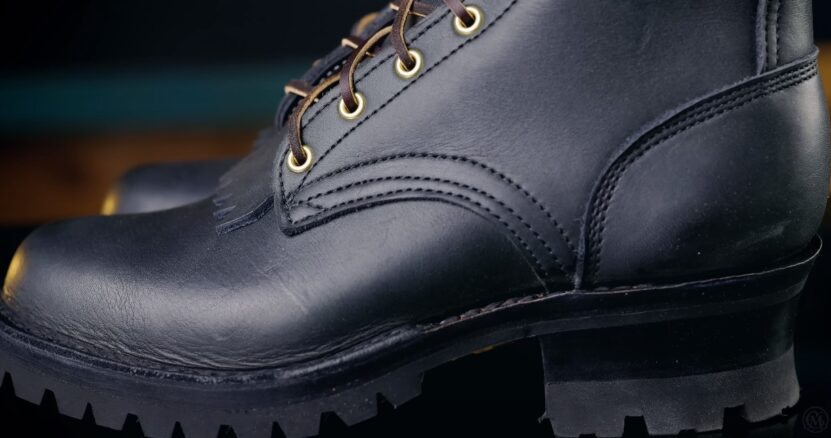
Reducing Workplace Injuries
Logger boots play a crucial role in reducing workplace injuries, particularly in industries like logging, construction, and utility work.
The high heel design, along with other safety features, minimizes the risk of falls, ankle sprains, and other foot-related injuries.
Compliance with Safety Standards
Many logger boots are designed to meet specific safety standards and regulations.
This compliance ensures that workers are adequately protected according to industry guidelines, making logger boots not just a preference but often a requirement in certain professions.
FAQs
Can women wear logger boots designed for men?
Yes, women can wear them, but it’s important to ensure the right fit, as men’s boots are typically wider.
Some brands offer women-specific designs for a better fit.
Are logger boots suitable for hiking?
While they provide excellent support and durability, they are generally heavier than hiking boots.
For long hikes, lighter hiking boots might be more comfortable.
Can logger boots be resoled?
Yes, many of them can be resoled, extending their life and making them a cost-effective choice in the long run.
Do logger boots provide adequate insulation for cold weather?
They usually come with insulation options, making them suitable for cold weather.
However, it’s important to check the specific features of each boot model.
Are there waterproof logger boots available?
Yes, waterproof models are available and are ideal for wet conditions.
Look for boots with waterproof materials or treatments for the best protection.
How long do logger boots typically last?
The lifespan varies depending on the quality of materials, construction, and how they are used and maintained.
Quality boots can last several years with proper care.
Final Words
Logger boots, with their distinctive high heels, offer a combination of support, stability, and shock absorption.
While their design has evolved over the years, their functionality remains rooted in their origins in the logging industry.
Whether for professional or personal use, understanding the purpose behind the high heel can guide individuals in selecting the right pair of logger boots.
Thee high heel of logger boots is not just a stylistic choice but a functional feature developed over years of adaptation to various professions.
Whether for logging, linework, or even motorcycle riding, these boots provide the necessary support and stability needed in challenging environments.

